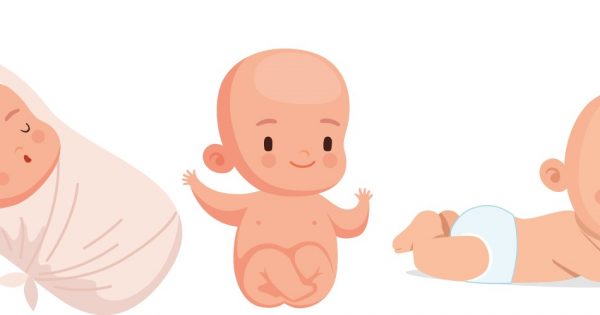Eating Disorders (ED), such as Anorexia Nervosa and Bulimia Nervosa, are becoming more common in developed as well as developing countries. Once known as a “Western” condition, ED are now more prominent in non- Western countries and Malaysia is no exception. Although females are more susceptible to ED than males, the recent trend indicates that ED is becoming more common among males.
ED is considered a chronic condition with physical, psychological and social consequences that significantly debilitate sufferers and their carers. The most worrying concern is the mortality rate of ED, which is one of the highest among other psychiatric conditions. Therefore, a concerted effort is urgently needed to prevent the onset of ED.
| Body Image Dissatisfaction |
|---|
| Dissatisfaction with one’s appearance is a well-established risk factor for eating disorders and it has become a common phenomenon. It can begin in childhood (sometimes as early as preschool age), become more pronounced during adolescence and persist through adulthood. Usually, girls want to be thinner and boys desire to be more muscular. There is strong evidence suggesting that those with body image dissatisfaction, particularly about being too fat, are more likely to engage in activities that will alter one’s physical looks (e.g. dieting). Body dissatisfaction renders an individual at risk for ED as well as other affective problems like depression. |
Parents’ Vital Role
Children are easily influenced by what they see and hear. It is important for parents to instil a positive body image in their children, so that they will be resilient against the negative influences that may distort their self-image. Below are some suggestions on what you can do as parents:
Examine your own body image and be a good role model.
How you perceive yourself can influence your child’s body image. Constantly fussing about your weight and appearance and practising crash-dieting send a message to your child that he/she should strife towards achieving an ideal body shape. This could lead to an over-emphasis on appearance and body dissatisfaction. Instead, be satisfied with your body and place more emphasis on being healthy. Model a healthy lifestyle that includes exercise and a balanced diet.
Talk about growing up and tell them there is no perfect body.
Talk to your child about the process of growth. Tell your child that it is normal for her body to change in shape and weight, especially during puberty. Teach her to appreciate the fact that everyone comes in different shapes and sizes and that there is no such thing as a perfect body. Most importantly, help her understand that being both underweight and overweight has health implications, and she should focus on maintaining a healthy body weight.
Teach positive eating habits without guilt.
Teach your child good eating habits from a very young age, providing a variety of nutritious meals and snacks. There is no such thing as “good” or “bad” food. Creating a list of “forbidden foods” can lead to cravings and over-eating which in turn could create guilt and unhealthy eating attitudes and behaviours. Moderation is the key.
Love them as they are.
Help your child build her self-esteem by identifying and developing her various strengths, emphasising on both achievements and internal attributes. Convince your child that she is worth much more than her looks and that you love her just as she is. Children who receive such affirmations are more likely to love themselves, including having the confidence to feel comfortable about the way they look.
Avoid body/fat talk.
Talking about the body – our own or that of others – are common conversation points. Very often, this can perpetuate body dissatisfaction. Avoid passing negative comments about your child or other people’s weight, body size and shape. Your child may interpret your negative body comments as disapproval or rejection.
Engaging in the above recommendations will go a long way in helping your child to love their body and themselves.
| Eating Disorders and Body Image in Malaysia |
|---|
|
In a Malaysian study involving 13-16 years old adolescents, it showed that more than 65% of girls want to be thinner, and about 17% of them are at risk for developing Eating Disorders. More than 75% of boys prefer to be bigger and more muscular. Of these,15-28% of them are engaged in activities such as consuming protein supplements and lifting weights. |







Comments